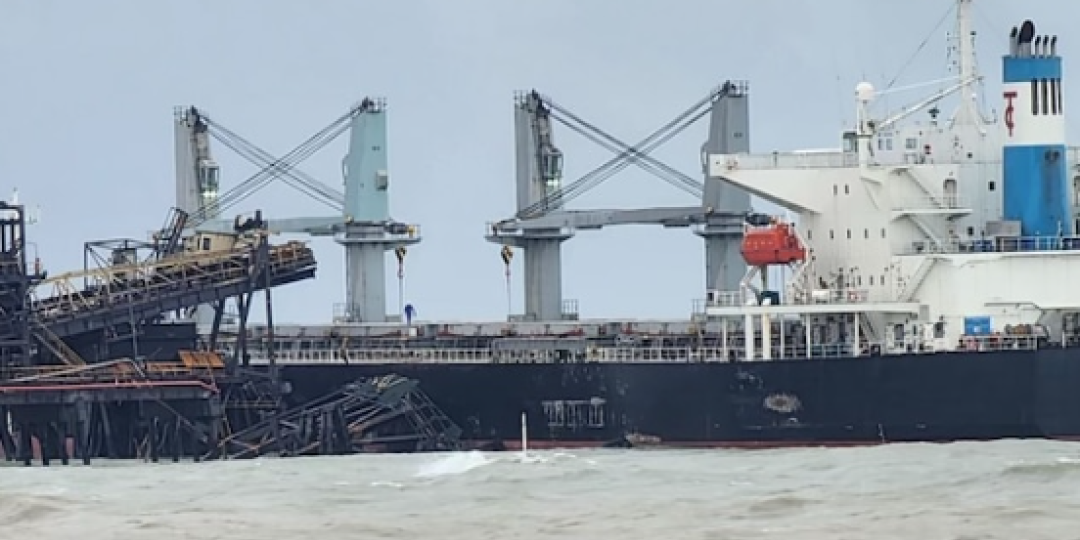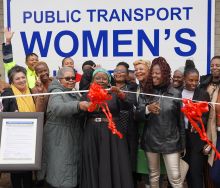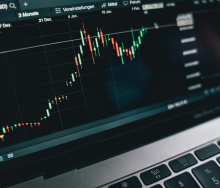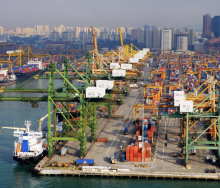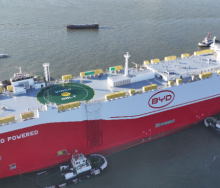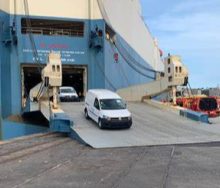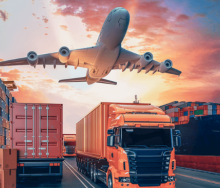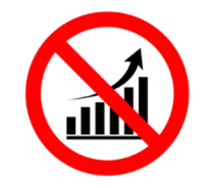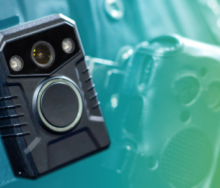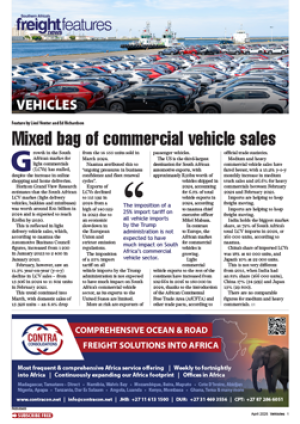In less than a week, another collision between a vessel and a pier took place when a bulk carrier, the Anikitos, slammed into a manganese loading wharf at Groote Eylandt on the Gulf of Carpenteria.
According to Australia’s ABC News, the carrier was loaded with 41 000 tonnes of manganese when it crashed into the mine’s port facility, causing “severe damage”.
The Australian Maritime Safety Authority confirmed that the vessel was alongside port infrastructure run by Gemco, the Groote Eylandt Mining Company, partly co-owned by South32 and Anglo American, when Cyclone Megan started pummelling the coast.
Attempts by the pilot and crew to avoid ramming into the wharf and its infrastructure proved futile against the cyclone’s rising swell and strong winds.
Over the same period a container vessel, the YM Witness, also rammed into a quay at the Port of Kocaeli in Turkey, pushing two ship-to-shore cranes into a third, causing all three to topple over and collapse on to the pier and vessel.
In light of recent collisions between vessels and piers, concerns have been raised regarding port safety, prompting a closer examination of the protocols and standards in place to ensure maritime safety.
The collisions in Turkey and Australia have drawn attention to the importance of maintaining rigorous safety measures within ports and harbours.
The incidents have highlighted the need for strict adherence to safety guidelines to prevent accidents and protect both personnel and infrastructure.
According to the Port Marine Safety Code published by the UK Government, safety in ports is a critical aspect that requires continuous improvement and adherence to established safety standards.
The Code emphasises the importance of accountability for marine safety, the implementation of a Marine Safety Management System, and the monitoring of performance to ensure safe and efficient port operations.
